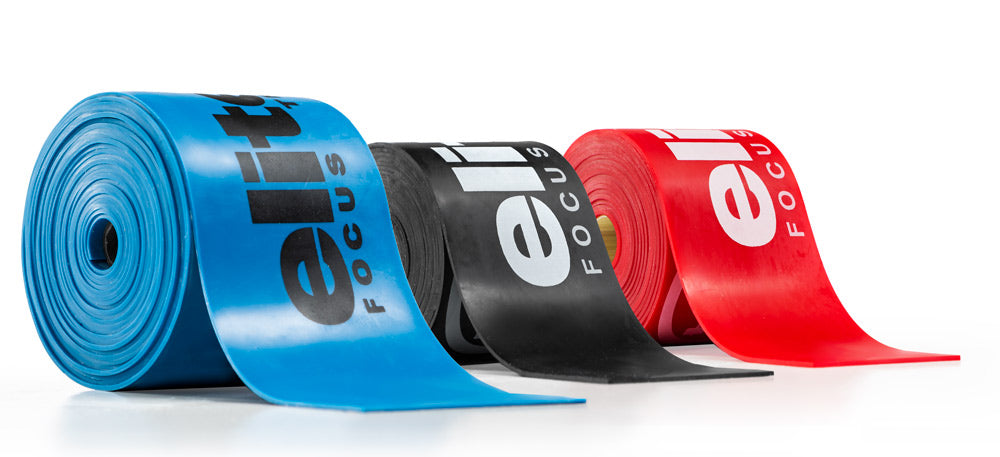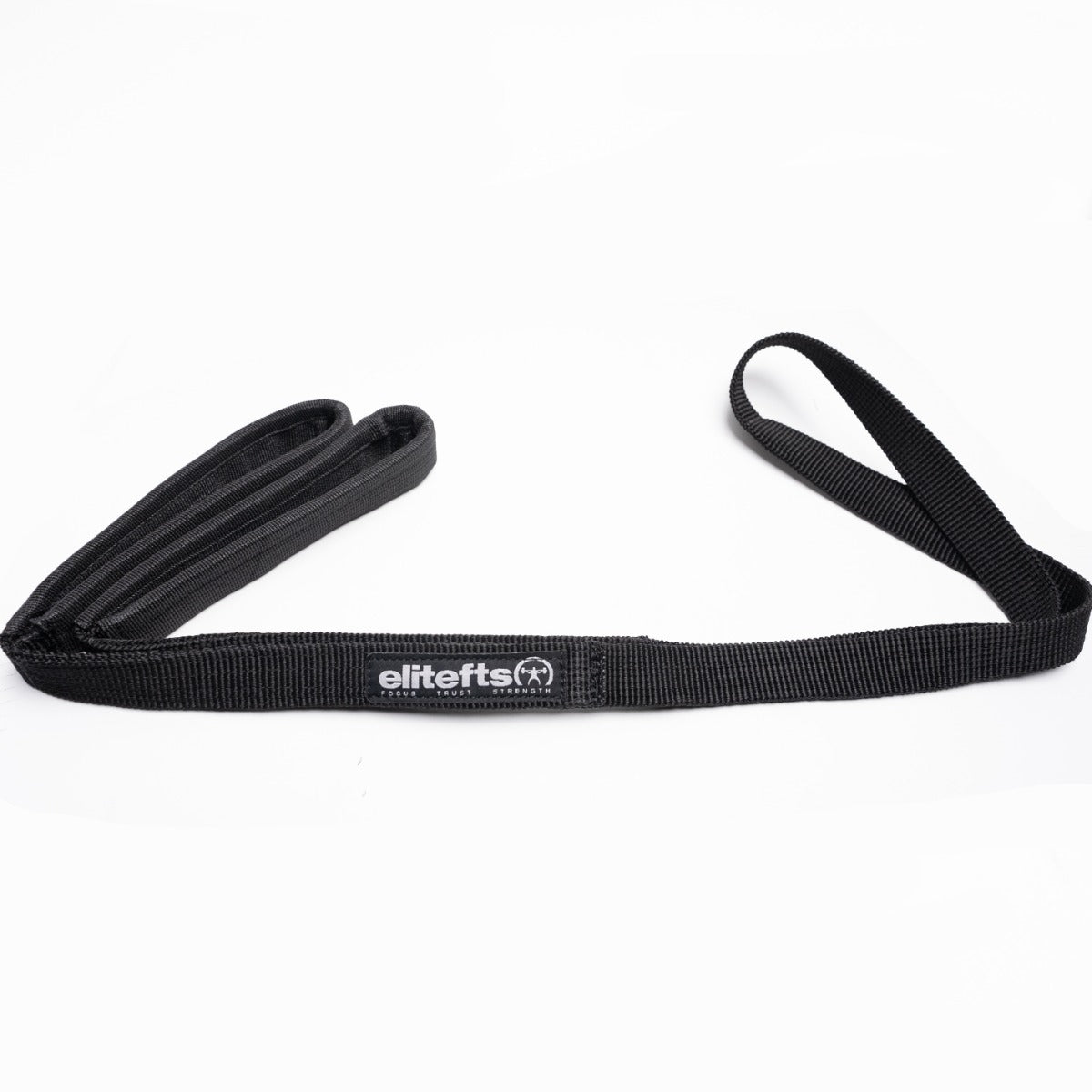So what happened?
Measurement decreases on sand: The researchers observed significant decreases in average speed, maximum speed, average acceleration, maximum acceleration, average stride length, flight time, mechanical power, and stiffness on sand compared with grass or artificial turf.
Measurement increases on sand: The researchers also noted that average energy cost, average metabolic power, and contact time were highest during sprinting on sand.
Changes in efficiency in sand: The researchers found that efficiency values (i.e., the ratio between mechanical power and metabolic power) of the sprints were 0.17 on natural grass and artificial turf while the ratio was only 0.12 for sand.
Similarity in stride frequency across all surfaces: The researchers were surprised by the lack of variation in stride frequency between the various surfaces.
So what did the researchers conclude in all of this?
This can’t be a study if there isn't any conclusion, right? Well, the researchers concluded that running on sand could be a useful tool for training, injury prevention, and recovery. Pretty darn good benefits if you ask us. The main reasons they came to this conclusion was due to the stiffness values and how maximal speeds become lower on sand surfaces. Not to mention, as we said earlier, this could serve your body well over time from possible joint issues or even the famous “shin splints,” which can be pretty painful. The researchers also noted that “It is possible to carry out maximal intensity sprints on sand without reaching maximum speed with lower stiffness while also maintaining the same stride frequency but by reducing stride length, which represent less injury risk.” At the end of the day, we're pretty sure everyone wants to stay injury-free in order to maximize their full potential.Wrapping this up
So we have some pretty cool data here to support the notion that sand is indeed a great and beneficial surface for sprinting. Now, we aren't saying that sprinting on grass, turf, or tracks is bad. We sprint on those surfaces all the time and have no pain whatsoever. We're simply saying that sprinting on sand has its valid benefits. It's very tough due to how your feet slip and sink in the sand, and it forces the leg muscles to stabilize the feet during the application of force. Oh, and why not take advantage of some awesome weather and do some sprints while flexing your guns and glutes if you have access to a beach. Overall, you can’t go wrong with sprinting on sand. It’s great on your body and great for rehabilitation and offers some great scenery. Whether you’re an athlete or not, just get out there and do some damn sprints! References:- Gaudino, Gaudino, Albertia, Minetti (2012) Biomechanics and predicted energetic of sprinting on sand. Journal of Science and Medicine in Sport.

































































































